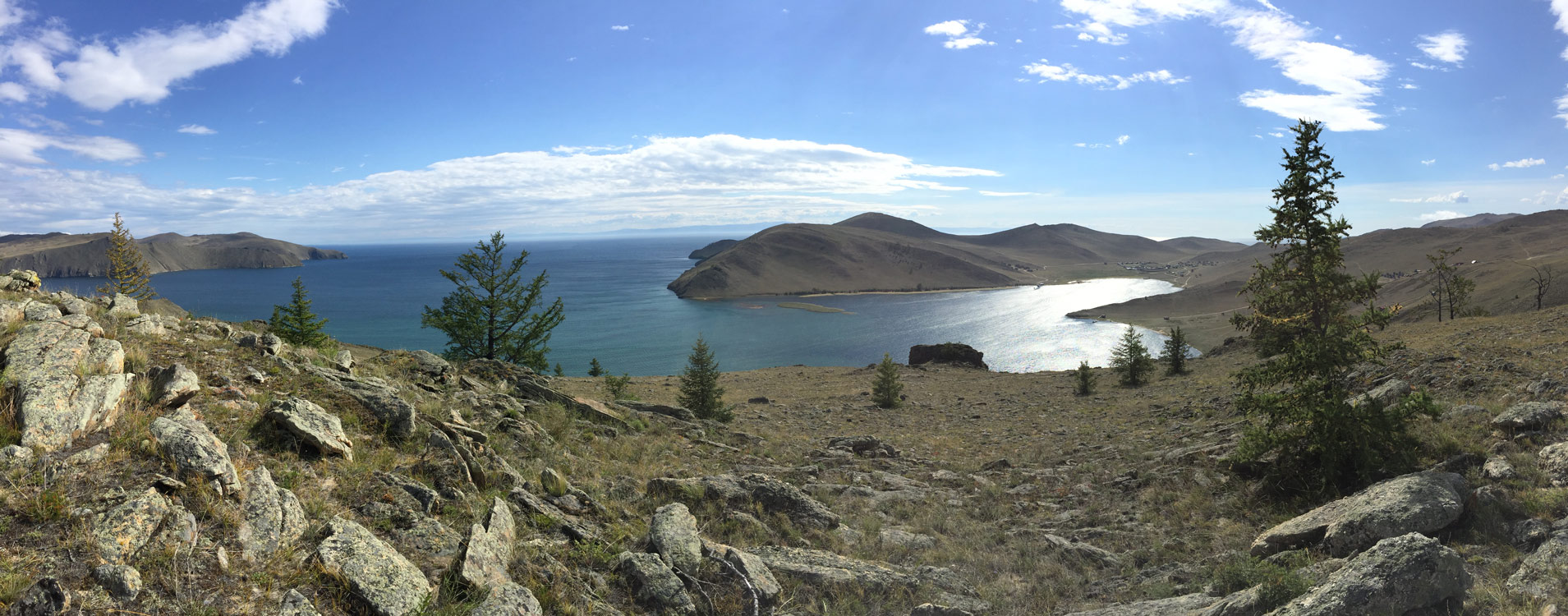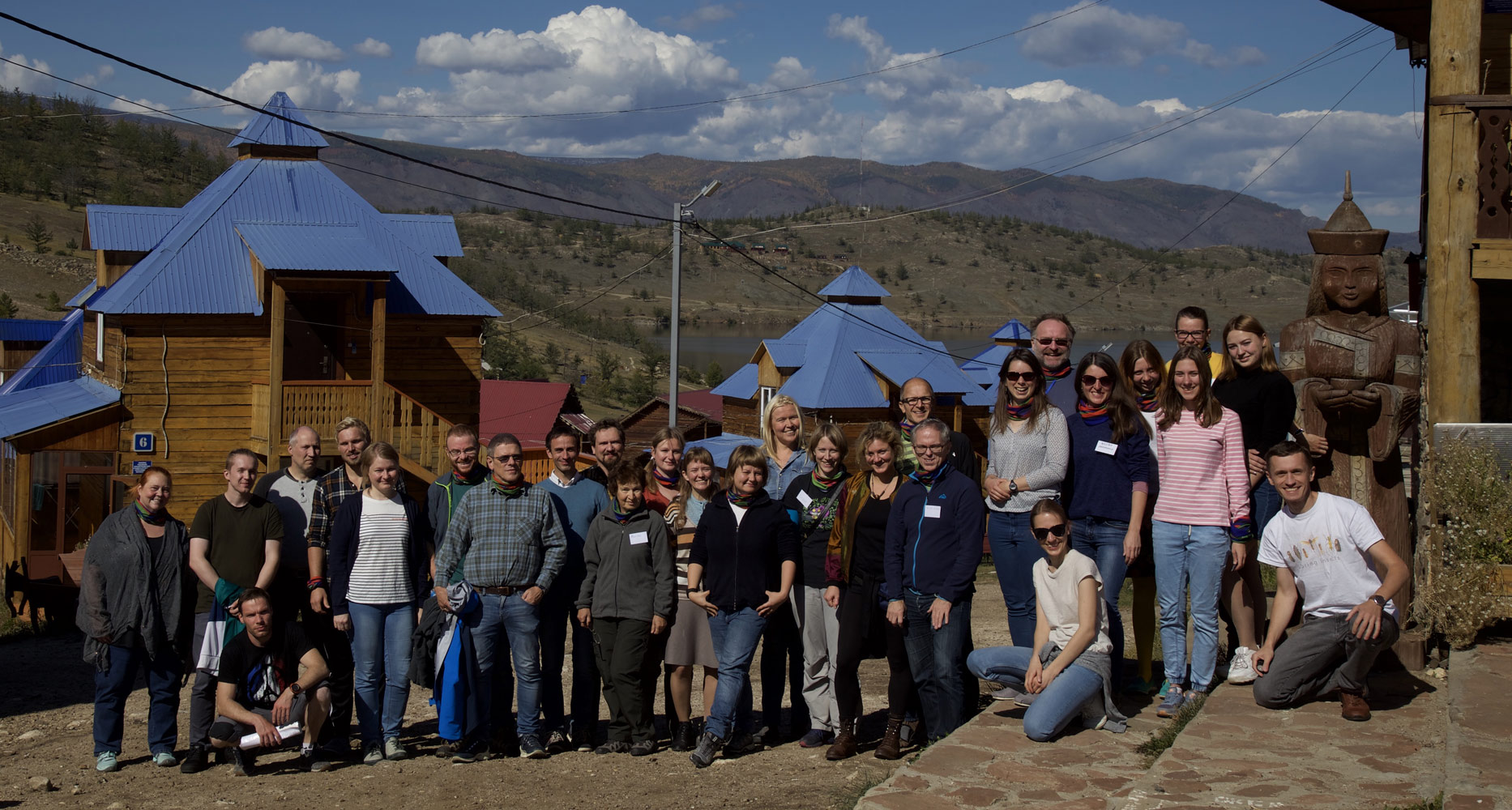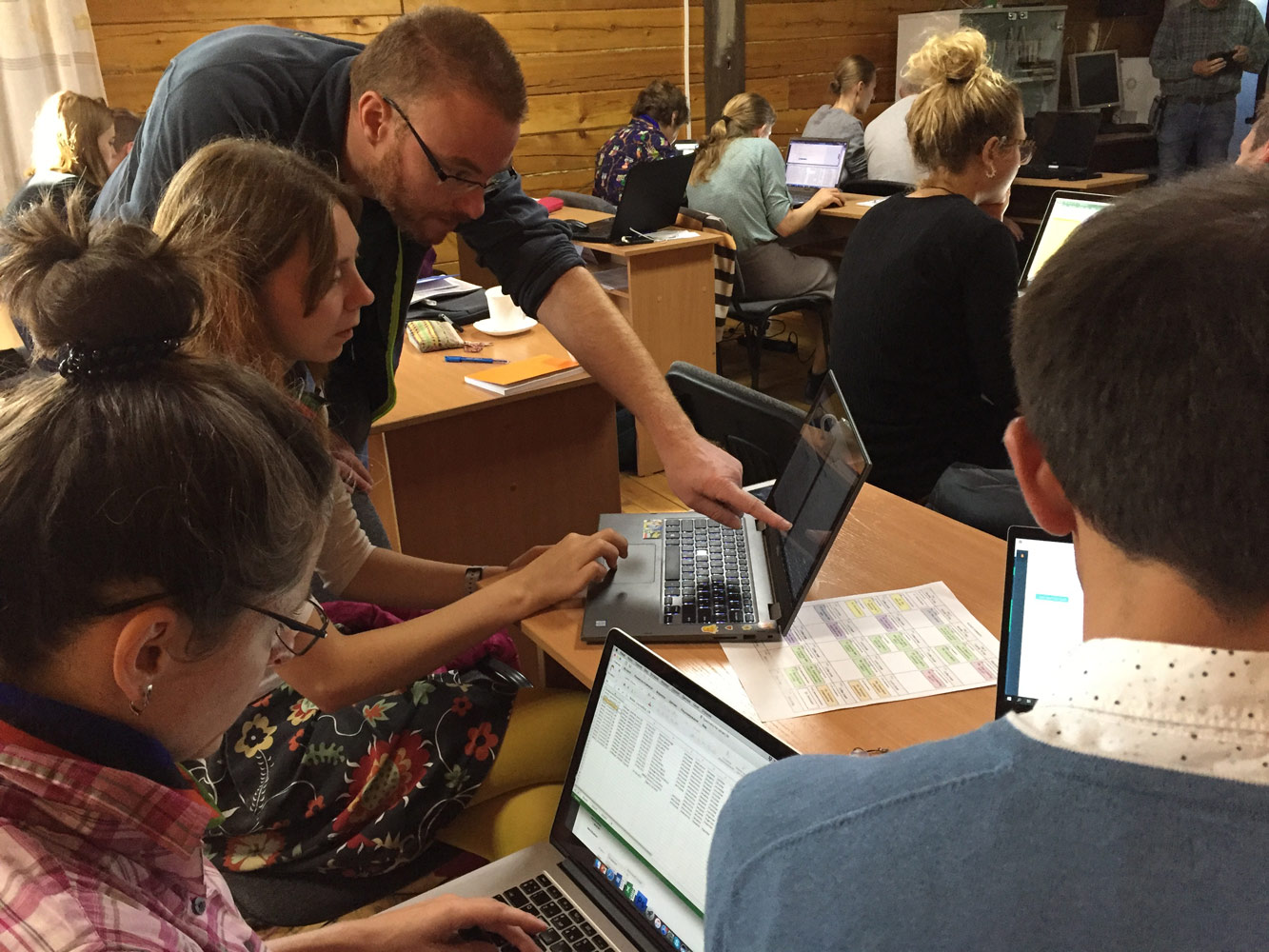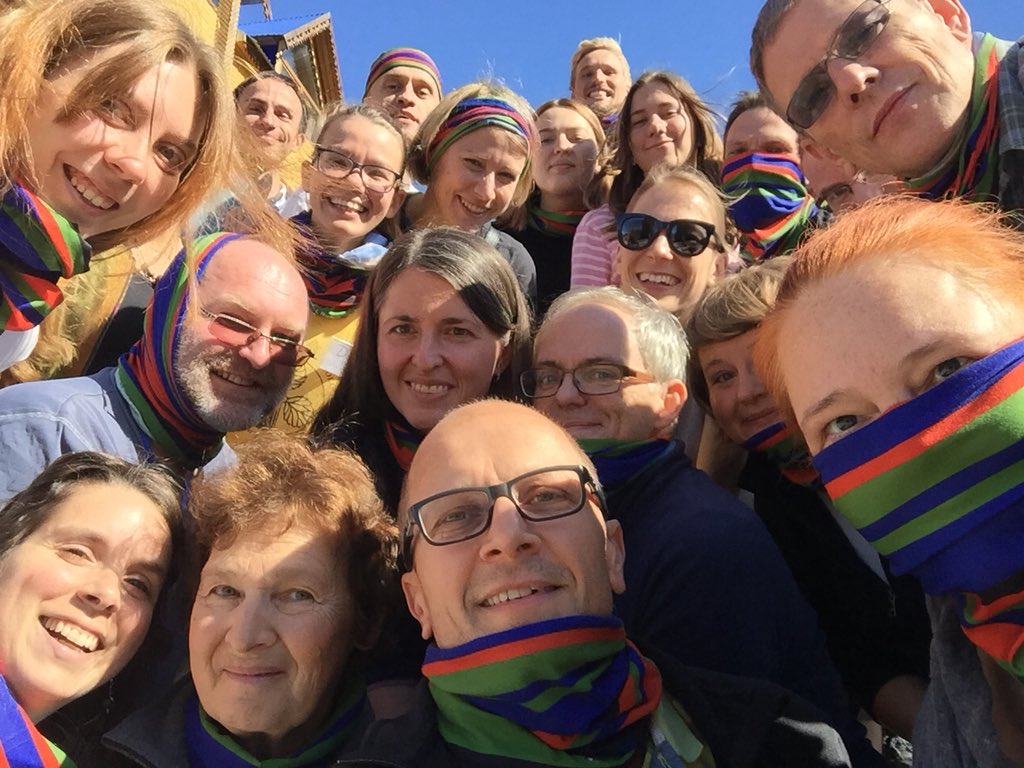DNA barcode course at Lake Baikal
 Lake Baikal. Photo: T. Ekrem CC-BY.
Lake Baikal. Photo: T. Ekrem CC-BY.
An increasing part of biodiversity research and nature management is about the mobilization of biodiversity data. This can be species occurrences, genetic diversity, ecological preferences, and other types of biological information. Accessing such information effectively is often not quite straight forward, but with a little bit of introduction and practice, it is amazing what can be achieved.
This was the rationale behind the ForBio course Data mobilization skills: training on mobilizing biodiversity data using GBIF and BOLD tools held in Naratey on the western shore of Lake Baikal September 14-20, 2018. Together with the Siberian Institute of Plant Physiology and Biochemistry Russian Academy of Sciences (SIPPB SB RAS), University of Bergen, and the Global Biodiversity Information Facility (GBIF) Secretariat, NorBOL participated in teaching data mobilization skills to Russian and Norwegian students. The course was funded by the Norwegian Centre for International Cooperation in Education (previously SIU, now DIKU), GBIF and the Research School in Biosystematics (ForBio).
 Students and teachers of the course at Lake Baikal. Photo: Dimitry Schigel CC-BY-SA 4.0.
Students and teachers of the course at Lake Baikal. Photo: Dimitry Schigel CC-BY-SA 4.0.
A total of 16 students attended the five-day course, enthusiastically participating in 20 different sessions of lectures and practical exercises. The barcoding part of the course included theory and practice for providers and users of DNA barcode data. There was extensive use of BOLD, and the students explored various parts of the workbench including basic structure, submission of data, and analytical tools. This was new to most students, but we were impressed by how well they worked together to find solutions and teach each other valuable tricks.
 Enthusiastic participants working with BOLD Systems. Photo T. Ekrem CC-BY 4.0.
Enthusiastic participants working with BOLD Systems. Photo T. Ekrem CC-BY 4.0.
The course did not stop there. The students also got an introduction to molecular systematics and the MEGA software, and used this to further explore trends and relationships in the available DNA sequence data. How should one interpret phylogenetic trees? What is the real difference between maximum parsimony and neighbour joining trees? Why do we need substitution models?
To finish off the course, the students presented projects they had developed for the Baikal Biodiversity Challenge. In this task, they designed inventory projects for selected taxonomic groups in the Lake Baikal area, taking present knowledge, cryptic diversity and data mobilization into account. Great work and good results from all groups!
Thank you to the BOLD support team for facilitating the live interaction with BOLD-Systems, and to all the students for their fantastic efforts.
 Happy barcoders with #mydnabarcode scarfs. Photo: Laura Russell CC-BY-SA 4.0.
Happy barcoders with #mydnabarcode scarfs. Photo: Laura Russell CC-BY-SA 4.0.
Katrine Kongshavn & Torbjørn Ekrem

 English
English  Norwegian Bokmål
Norwegian Bokmål